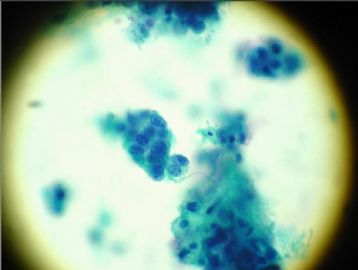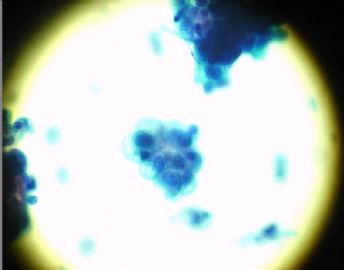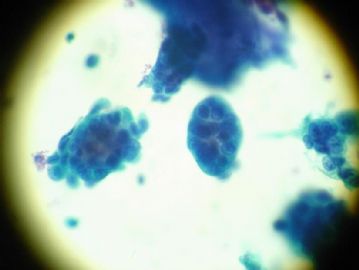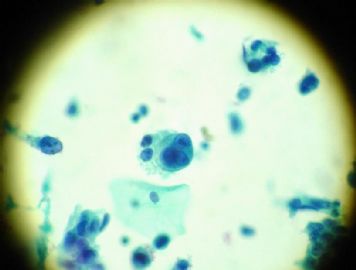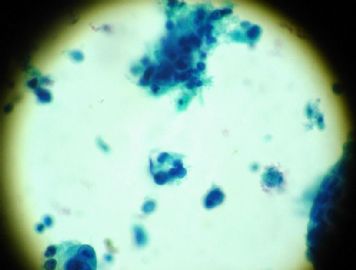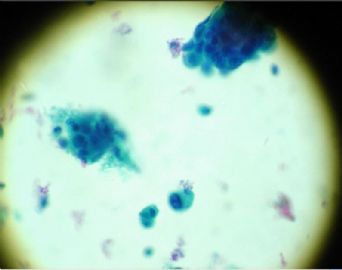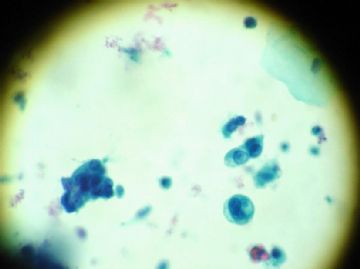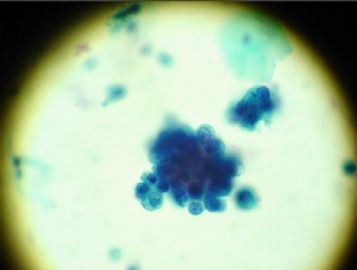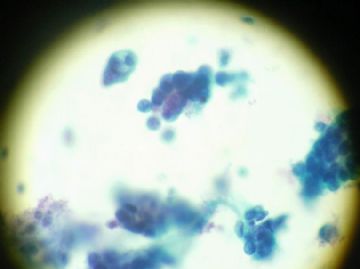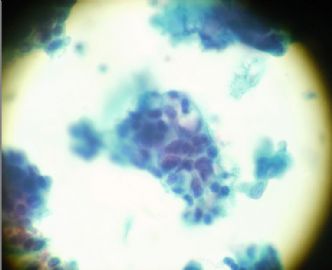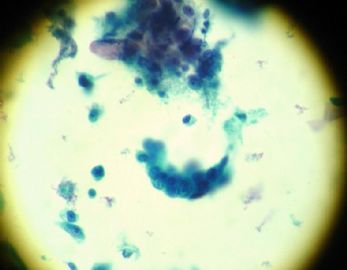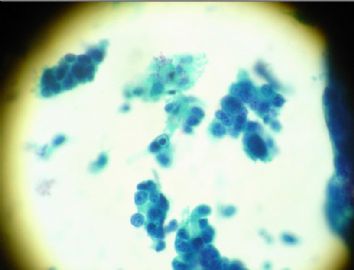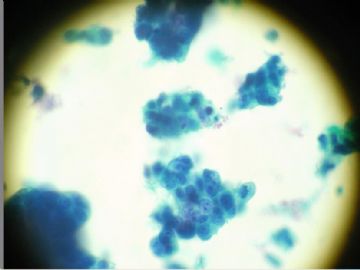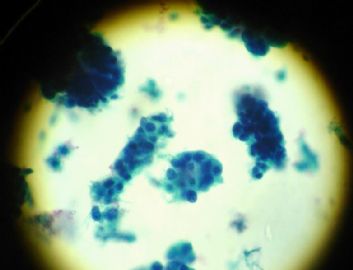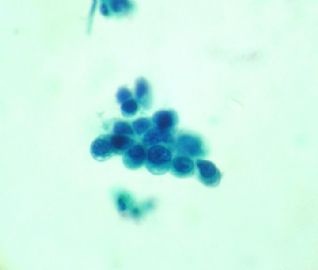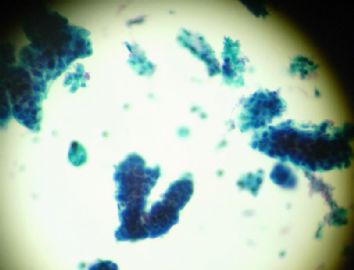| 图片: | |
|---|---|
| 名称: | |
| 描述: | |
- 腺癌疯了,再来一例宫颈液基
Endometrial origin.
1. AGC vs adenocarcinoma. Pathologists should write some comment in your report or call the physician to notice your concern if you really consider ca and you want to report AGC. Anyway patients should have biopsy. In this way you do not delay the treatment of the patients.
2. Endometrial vs. endocervical: Sometimes it is very difficult to tell the origin even in the biopsy specimens. ASCCP guidline: A. Patients should have cervical and endometrial sampling (pt 35 or older) if the Pap report is AGC, endocervical origin. B. Patients should have cervical and endometrial sampling if the Pap report is AGC, endometrial origin. The origins are not very important.
3. When you have a report you always need to consider what clinician will do based on your report. We make a dx for a patient, not for a slide. Remember diagnosis and treatment.
4. Pap smears are very difficult for diagnosis. AGC is the most difficult among all abmormal Paps. You can see my online lecture powerpoint about AGC again if you are really interested in AGC. We read many Paps. I need read 60 abnormal Paps including reactive changes perday if I rotate in Pap signout week. It means 60 smears x 5 day/week (300 Pap/week). All slides were read by cytotechcicians and marked the abormal cells already. Also I know all patients's history including previous Pap, biopsy, HPV testing results. Tell you the trueth that there are many cases I really do not know how to diagnose in clinical practice. Here in the website it is more difficult to make diagnosis based on few photos (many were very poorly prepared or stained) and no any history. My feeling is like playing a game. This is why now I seldom join the discussion and diagnosis of Pap here.
Anyway good luck for your guys and patients.
-
jiangxiaoyu 离线
- 帖子:978
- 粉蓝豆:15
- 经验:1226
- 注册时间:2007-10-31
- 加关注 | 发消息
-
xiaohan_ai 离线
- 帖子:94
- 粉蓝豆:116
- 经验:350
- 注册时间:2008-09-01
- 加关注 | 发消息

